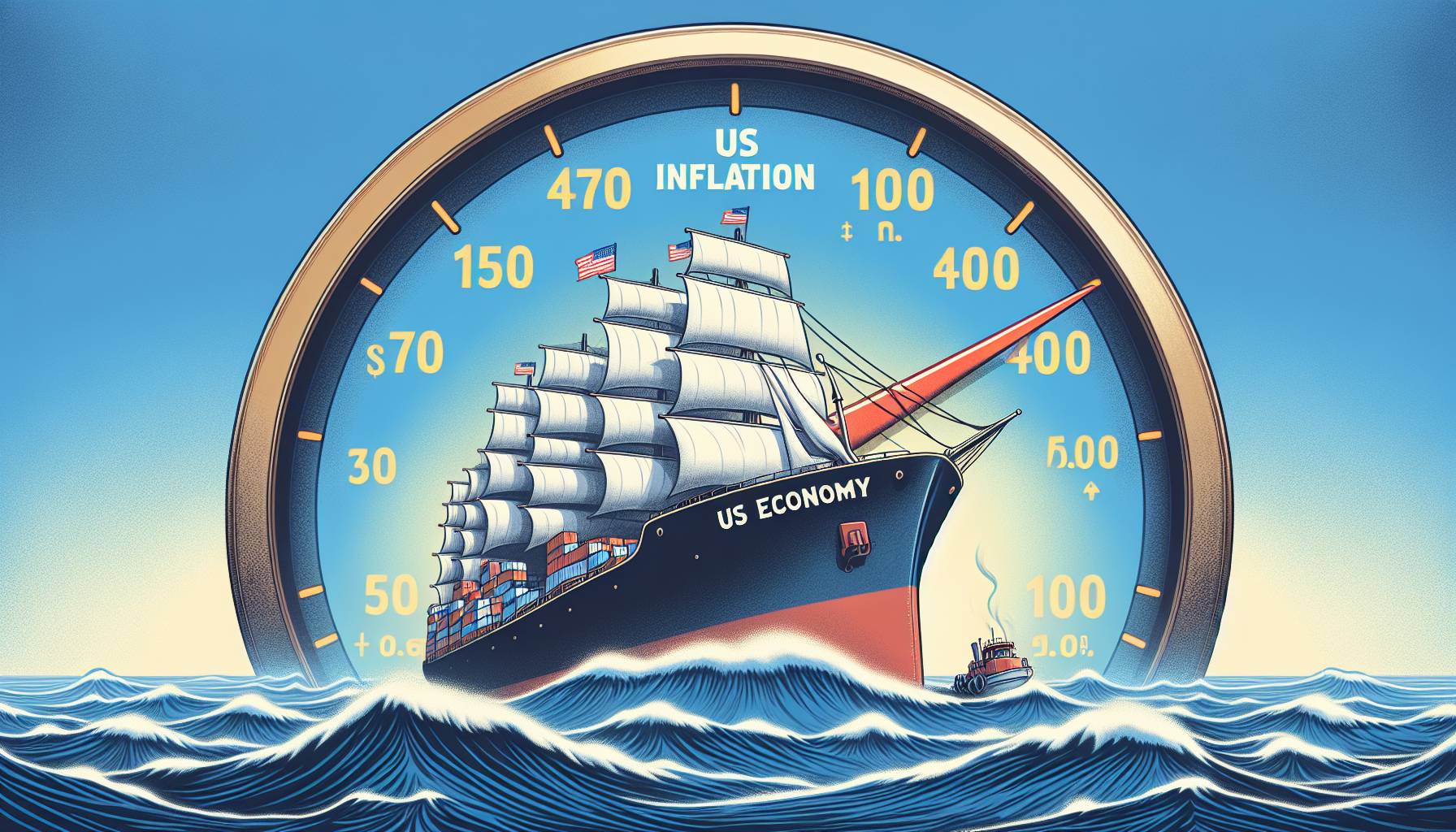Employment trends shift
Australian employment experienced a slight increase in June, according to recent data from the Australian Bureau of Statistics. The net employment rise of 2,000 positions was reported, contrasting with May’s figures, which were adjusted to reflect a decrease of 1,100 jobs. This subtle shift marks a change in the labor market’s trajectory, as previous months had demonstrated more consistent employment stability. The slight uptick in job numbers suggests emerging variations in employment trends, potentially signaling the start of a more significant transformation in the job market dynamics.
Jobless rate hits new high
The jobless rate has unexpectedly climbed to 4.3% from 4.1%, marking the highest level since November 2021. This rise comes as a surprise to many, following a period of relative stability in the unemployment figures. The increase in the unemployment rate suggests that the labor market may be experiencing underlying challenges, despite the slight growth in employment numbers. Analysts are closely monitoring these developments, as the uptick in unemployment could indicate broader economic pressures that may impact future job growth. The latest figures have sparked discussions on the state of the labor market, raising concerns about potential vulnerabilities in what was considered a robust employment landscape.
Potential rate cut considerations
The rise in the jobless rate to 4.3%, coupled with the modest employment increase, could have significant implications for Australia’s monetary policy. With the labor market showing signs of potential weakness, the Reserve Bank of Australia (RBA) might consider adjusting its stance. A higher unemployment rate often prompts central banks to consider easing monetary policy to stimulate economic activity. As such, there is growing speculation that the RBA could contemplate a rate cut in the coming month to support the labor market and bolster economic growth. Forex traders should closely monitor these developments, as any shift in interest rates could impact currency valuations and trading strategies. A potential rate cut might lead to a depreciation of the Australian dollar, affecting forex pairs and offering new opportunities and challenges within the market.Moreover, with inflationary pressures appearing to ease, there is room for the RBA to adjust interest rates without stoking inflation further. Market observers are keenly watching the central bank’s next move, as any decision to cut rates would signal a shift in monetary policy aimed at bolstering the economy in the face of rising unemployment. Such a move would align with global trends, where central banks are considering easing measures in response to economic uncertainties.Australian employment experienced a slight increase in June, with a net rise of 2,000 jobs from May. This comes after a previously revised decrease of 1,100 in the prior month. However, the jobless rate rose to 4.3%, a level not seen since November 2021, up from 4.1%. This surprising shift follows a period of stability, signaling potential changes ahead in the labor market.
Employment rise and jobless rate increase
The potential for a rate cut reflects the RBA’s proactive approach to maintaining economic stability and ensuring that the labor market remains resilient. However, the decision will depend on forthcoming economic data and whether the current trends in employment and unemployment persist. As such, the RBA’s deliberations in the coming month will be crucial in determining the trajectory of Australia’s economic policy.
Implications for monetary policy
The recent data indicating a rise in the jobless rate alongside modest employment growth has sparked discussions about the potential for a rate cut by the Reserve Bank of Australia (RBA). Analysts suggest that the RBA may consider easing monetary policy to support economic growth and counteract any emerging weaknesses in the labor market. A rate cut could provide a stimulus to the economy, encouraging borrowing and investment, potentially leading to job creation and economic expansion.

